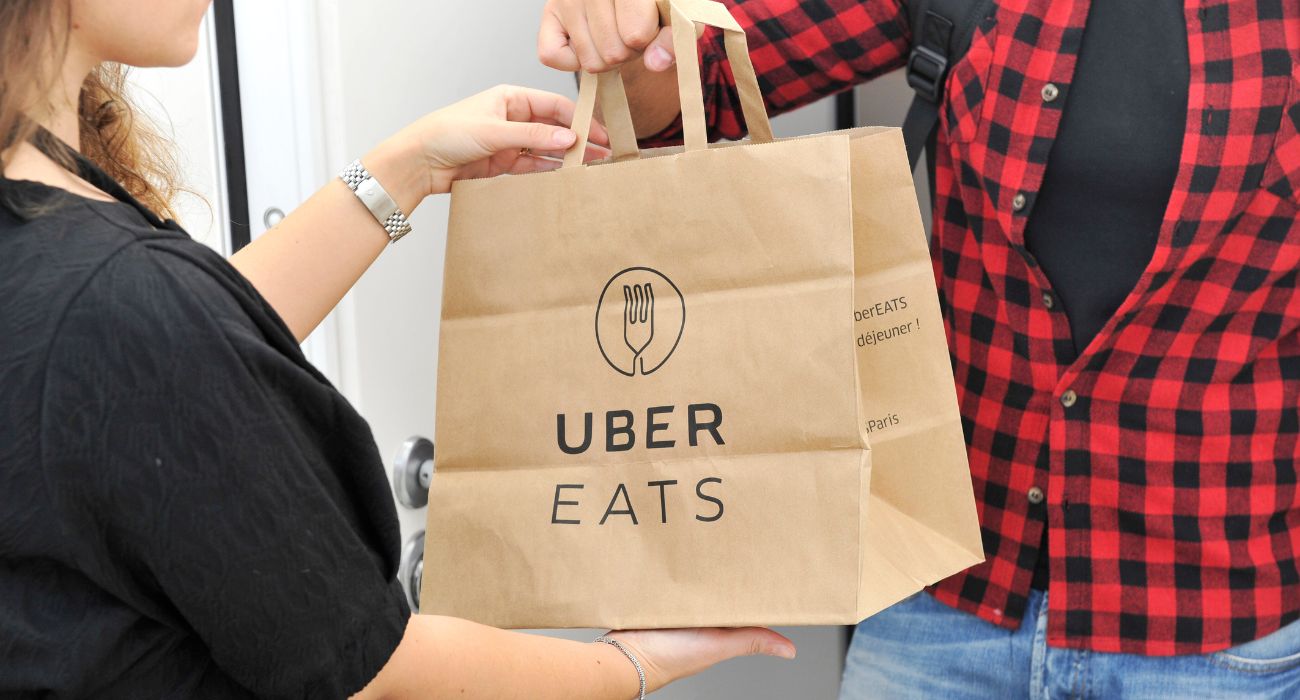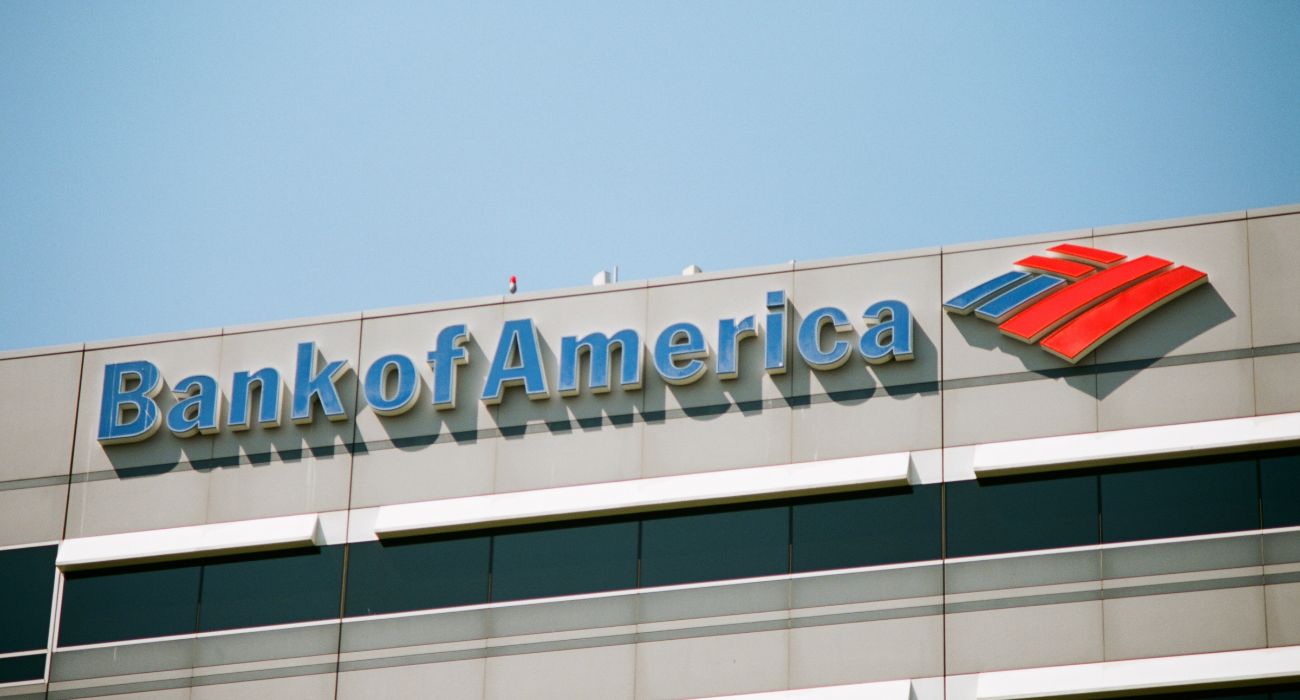Uber Eats is ridding its app of thousands of online-only restaurants.
During the pandemic shutdowns, the food delivery app saw a surge in delivery businesses without physical locations, many of which were cooking in what is known as “ghost kitchens” or “dark kitchens” and offering multiple delivery options with different names but the same menu, according to The Wall Street Journal.
Even Uber founder Travis Kalanick started his own ghost kitchen company, CloudKitchens, after being ousted from the company he founded, albeit with less success.
As the pandemic restrictions subsided, the trend continued, growing from 10,000 virtual brands in 2021 to 40,000 this year, according to the WSJ.
As a result, the Uber Eats app has been inundated with online stores, and the absence of regulation surrounding them has led to restaurants competing for exposure on the app.
This has created a “Wild West, anything goes kind of situation,” John Mullenholz, head of dark kitchens at Uber Eats, told the WSJ.
Mullenholz told the WSJ that people are “effectively seeing 12 versions of the same menu. It’s fair to say that kind of erodes consumer confidence.”
Virtual brands make up 8% of listings on the Uber Eats app in the U.S. and Canada but just 2% of bookings, per the WSJ.
To create a more streamlined, simplified user experience, Uber Eats says it will remove 5,000 online-only restaurants, many with duplicate menus on the app, the WSJ reported.
From now on, Uber Eats will require over 50% of a virtual brand’s menu to be different from its parent restaurant’s. Online-only restaurants will additionally have to post photos of five menu items specific to their brand. The company will also remove virtual restaurants that do not maintain a 4.3 out of 5-star rating.
Competitors Grubhub and DoorDash have followed suit, creating similar guidelines to prevent too many brands from the same restaurant from cluttering their apps.
Mullenholz affirmed that Uber Eats is solely targeting online-only brands with duplicate menus; the original “parent” restaurant and any virtual brands with different menus will still be available on the app, per the WSJ.
Parent companies of nationwide chains Chili’s, IHOP, and Denny’s have been using virtual brands to target new customers and generate more sales with distinct menu items.
Due to their differentiated menus on Uber Eats, they are not subject to being cut from the app, the WSJ reported.
On Tuesday, Uber announced a Certified Virtual Restaurant Program that “allows merchants to tap into virtual restaurant concepts curated to meet high-bar standards on Uber Eats,” according to a press release.
“Communicating — and beginning to enforce — these new quality standards for Virtual Restaurants on Uber Eats is an important step for our program, designed to benefit both consumers and merchants. We took care to introduce standards that let our restaurant partners continue to flex their creativity, as we know delivery-only menus are an exciting way for operators to invest in the growth of their businesses,” Mullenholz said in a statement to The Dallas Express.
Denny’s has two virtual brands, The Burger Den and The Meltdown, which have brought in a younger clientele through their unique offerings that differ from the diner’s core menu, the company told the WSJ.
IHOP virtual brands Super Mega Dilla and Thrilled Cheese also offer menu items not found in its restaurants.
These virtual brands help generate sales for IHOP during its slower lunch, dinner, and late-night hours. More than 1,000 IHOP restaurants now offer virtual brands, up from 500 in 2022, according to IHOP president Jay Johns, per the WSJ.
IHOP recently announced a third virtual brand, TenderFix, as IHOP’s ghost-kitchen businesses accounted for 22% of sales in the fourth quarter.
Johns says the virtual brands have helped IHOP increase sales and reach more customers, per Restaurant Dive.
John Peyton, CEO of IHOP’s parent company Dine Brands, said on the fourth quarter earnings call that building its virtual brands portfolio remains a top priority for the company.







Interesting.
Marketing is getting your message out there.